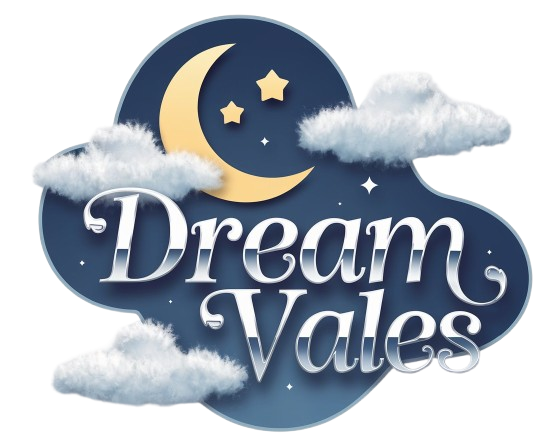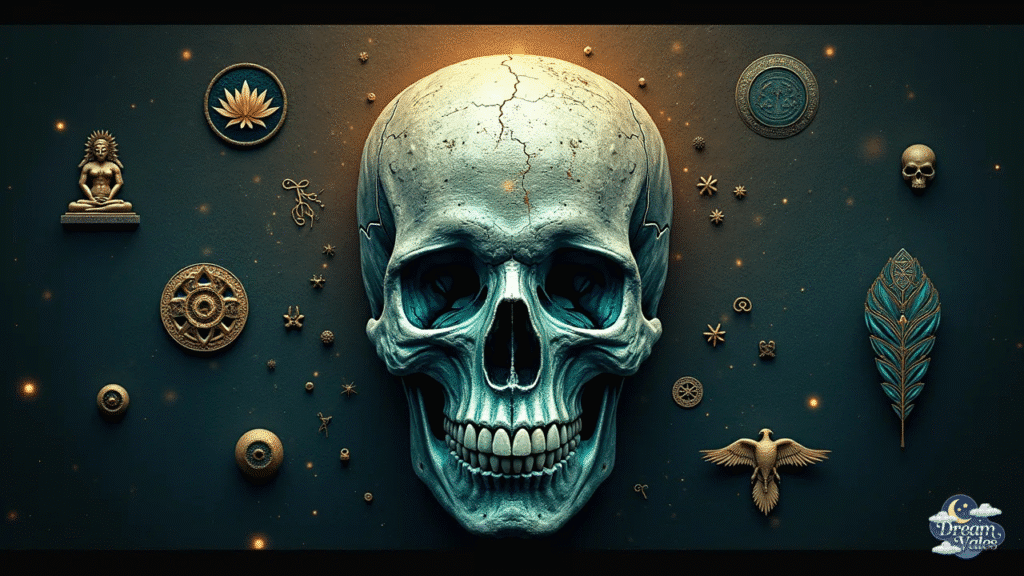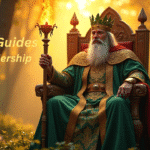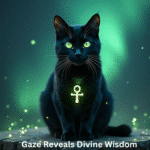The skull stands as humanity’s most enduring and complex symbol. Across every culture and civilization, this stark reminder of mortality has transcended its biological origins to become something far more profound.
Skull Symbolism & Meaning uncovers how skulls transcend mortality to embody transformation, rebellion, and spiritual awakening across cultures.
From ancient temples to modern fashion runways, skull imagery speaks a universal language that crosses all boundaries. Yet despite its widespread recognition, the deeper meanings behind skull symbolism remain shrouded in mystery and misconception.
The Skull Emoji Digital Death Goes Mainstream
The 💀 skull emoji has revolutionized how we express mortality in digital spaces. Originally introduced in Unicode 6.0 in 2010, this simple symbol now appears in millions of daily messages across social platforms.
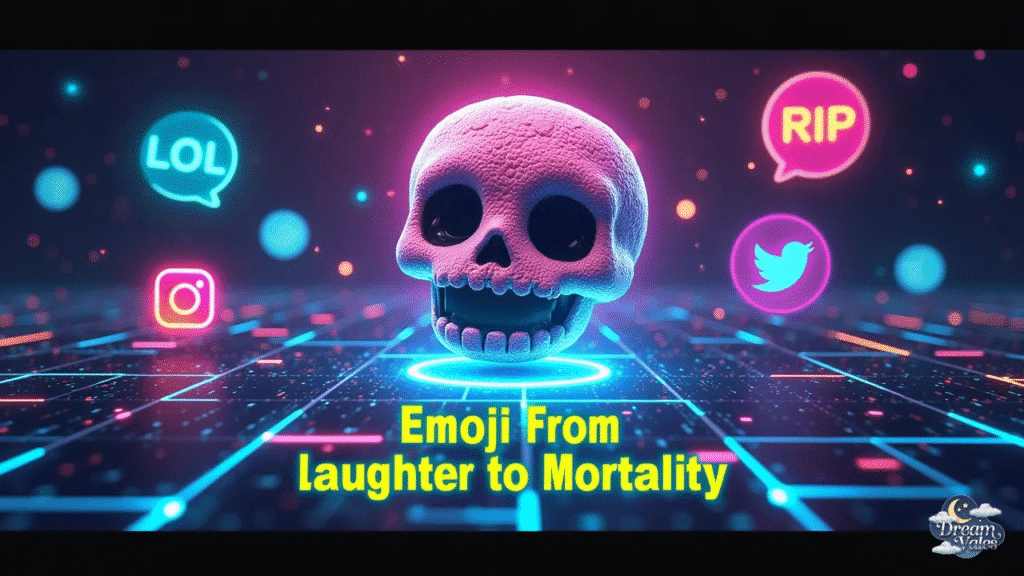
Unlike traditional skull imagery, the emoji carries surprisingly diverse meanings. Gen Z users frequently deploy it to express being “dead” from laughter, while millennials often use it more literally to reference actual death or danger.
| Platform | Primary Usage | Emotional Context | Age Group |
|---|---|---|---|
| TikTok 📱 | Extreme laughter | Humorous exaggeration | Gen Z |
| Instagram 📸 | Aesthetic expression | Dark humor | Millennials |
| Twitter 🐦 | Sarcastic commentary | Social criticism | All ages |
| WhatsApp 💬 | Genuine concern | Serious discussion | Adults |
| Discord 🎮 | Gaming references | Competitive banter | Gamers |
| Facebook 👥 | Traditional meaning | Actual mortality | Older users |
| Snapchat 👻 | Playful expression | Casual communication | Teenagers |
| Reddit 🤖 | Meme culture | Internet humor | Tech-savvy |
Social media psychology reveals fascinating patterns in skull emoji usage. Research from the Digital Communication Institute shows that context determines interpretation more than generational differences.
The emoji’s popularity stems from its ability to convey intensity without offense. When words fail to express overwhelming emotions, the skull emoji provides perfect punctuation for digital conversations.
Universal Skull Symbolism Across Civilizations
Ancient civilizations understood skull symbolism’s profound power long before modern interpretations emerged. Egyptian pharaohs incorporated skull motifs into tomb decorations, believing they guided souls through afterlife journeys.
Celtic cultures elevated skulls to sacred status through their head cult traditions. Warriors preserved enemy skulls as trophies, believing they captured the deceased’s strength and wisdom for future battles.
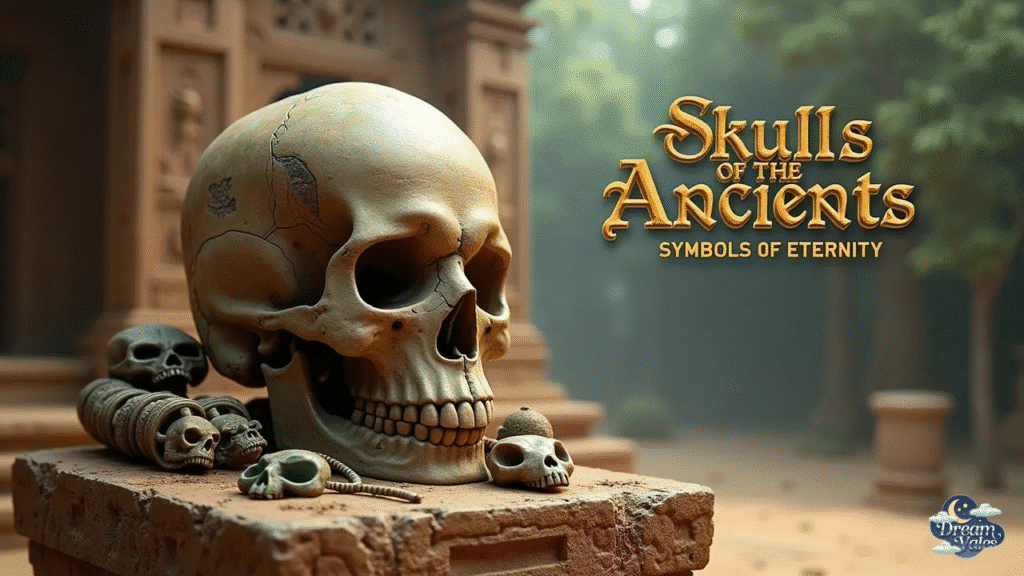
Roman citizens embraced memento mori practices, keeping skull reminders in their homes. These weren’t morbid decorations but philosophical tools encouraging appreciation for life’s precious moments.
Hindu traditions feature skulls prominently in Tantric practices. The mundamala, or skull garland, represents the cycle of death and rebirth that defines human existence.
Buddhist meditation incorporates skull contemplation as a path to enlightenment. Practitioners study skull imagery to understand impermanence and release attachment to material concerns.
Contemporary global meanings have expanded beyond traditional interpretations. Western cultures now embrace skull symbolism for fashion statements, while Eastern philosophies continue emphasizing spiritual transformation aspects.
African tribal traditions use skull imagery to honor ancestors and maintain connections with spiritual realms. These practices demonstrate how death symbols actually celebrate life’s continuity across generations.
Indigenous cultures worldwide incorporate skull motifs into healing ceremonies. Shamans use these symbols to represent transformation from one life stage to another.
You may also like to read: Spiritual Meaning of orange
Core Symbolic Meanings Explored
Mortality awareness forms the foundation of all skull symbolism meaning. This universal reminder forces humans to confront their finite existence and make meaningful choices.
Mortality and Life’s Fragility
Vanitas paintings from the Dutch Golden Age perfectly captured this concept. Artists like Pieter Claesz included skulls alongside luxury items, creating powerful commentaries on wealth’s temporary nature.
Buddhist philosophy teaches that contemplating death enhances life appreciation. Monks spend hours meditating on skull imagery to understand how mortality awareness leads to wisdom.
Modern psychology confirms that healthy death awareness improves decision-making. People who regularly contemplate mortality tend to pursue more meaningful relationships and authentic life paths.
The transience of life becomes beautifully illustrated through skull symbolism across cultures. Mexican Day of the Dead celebrations transform death imagery into joyful remembrance rather than fearful avoidance.
| Culture | Mortality Practice | Symbolic Element | Life Enhancement |
|---|---|---|---|
| Buddhist 🧘 | Death meditation | Skull contemplation | Present awareness |
| Mexican 🇲🇽 | Día de los Muertos | Sugar skulls | Family connection |
| Roman 🏛️ | Memento mori | Skull decorations | Life appreciation |
| Celtic ⚔️ | Head veneration | Warrior skulls | Courage building |
| Hindu 🕉️ | Tantric practice | Skull garlands | Spiritual growth |
| Egyptian 🏺 | Tomb preparation | Skull imagery | Afterlife readiness |
| Tibetan 🏔️ | Sky burial | Natural skulls | Impermanence truth |
| Viking ⚡ | Battle honors | Enemy skulls | Warrior spirit |
Power and Authority
Power dynamics have always incorporated skull imagery to establish dominance and command respect. Military units worldwide adopt skull insignia to project strength and intimidate opponents.
Royal regalia throughout history featured skull motifs as symbols of absolute authority over life and death. These weren’t mere decorations but statements about sovereign power extending beyond mortal boundaries.
Pirate flags transformed skull symbolism into maritime terrorism tools. The Jolly Roger flag communicated immediate danger while establishing outlaw authority on the high seas.
Secret societies like Yale’s Skull and Bones use death imagery to reinforce exclusive membership bonds. These organizations understand how shared mortality symbols create powerful group identity.
Modern corporations occasionally employ subtle skull motifs in branding strategies. Luxury brands especially appreciate how death imagery conveys exclusivity and rebellious sophistication.
Transformation and Rebirth
Transformation themes run deeply through skull symbolism across spiritual traditions. Death represents not ending but transition to new existence forms or consciousness levels.
Alchemical traditions used skull imagery to represent the nigredo phase of spiritual development. This “blackening” stage preceded transformation into higher wisdom states.
Shamanic cultures worldwide employ skull symbols during initiation ceremonies. These rituals symbolically kill the old self to birth the spiritually awakened individual.
Christian mysticism incorporates skull meditation for ego death experiences. Saints and mystics used these practices to achieve unity with divine consciousness.
Modern spiritual movements continue this transformation tradition. New Age practitioners often wear skull jewelry to represent their commitment to personal evolution.
| Tradition | Transformation Type | Skull Usage | Outcome Goal |
|---|---|---|---|
| Alchemy 🧪 | Spiritual evolution | Nigredo symbol | Enlightenment |
| Shamanism 🌿 | Initiation rites | Ritual objects | Power acquisition |
| Christianity ✝️ | Ego dissolution | Meditation focus | Divine union |
| Hinduism 🕉️ | Reincarnation cycle | Sacred garlands | Liberation |
| Buddhism ☸️ | Consciousness shift | Contemplation aid | Awakening |
| Occultism 🔮 | Magical practice | Ritual tools | Knowledge gain |
| Psychology 🧠 | Personal growth | Symbolic therapy | Self-awareness |
| Art therapy 🎨 | Creative healing | Expressive medium | Emotional release |
Rebellion and Counterculture
Rebellion finds its perfect symbol in skull imagery’s defiant rejection of social norms. Punk movements of the 1970s adopted skulls to challenge conventional values and express anti-establishment attitudes.
Biker culture embraced skull symbolism as authentic rebellion against mainstream society’s restrictions. Harley-Davidson riders wore skull patches to signal their outlaw status and freedom philosophy.
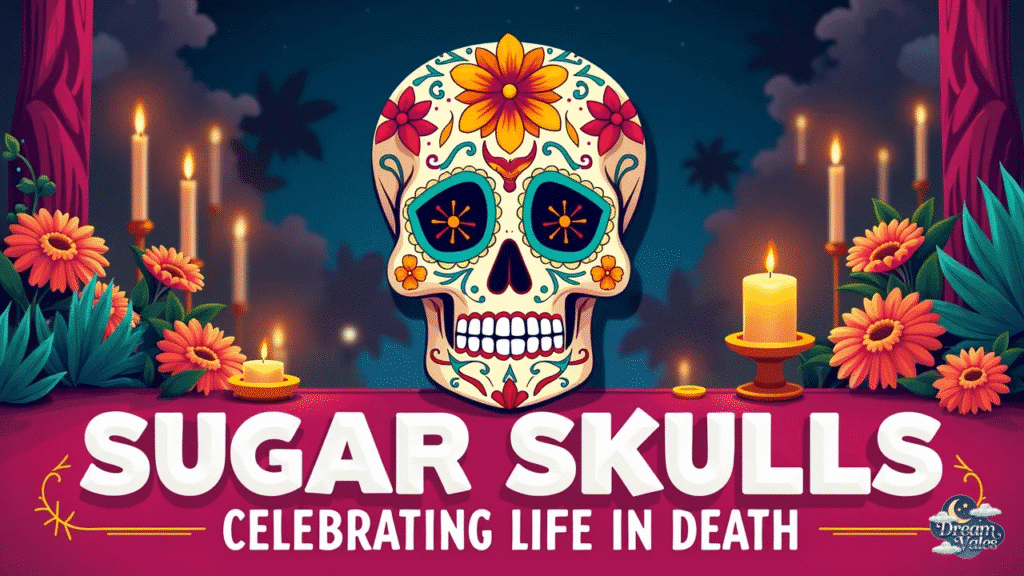
Gothic subcultures use skull motifs to celebrate darkness and reject optimistic social expectations. These communities find beauty in mortality’s honest acknowledgment rather than denial.
Heavy metal music incorporates skull imagery to express rage against oppressive systems. Bands like Metallica and Iron Maiden transformed death symbols into anthems of resistance.
Modern street art continues this rebellious tradition through skull graffiti and murals. Artists use these images to comment on social injustice and political corruption.
Hip-hop culture has adopted skull jewelry as symbols of rising from poverty and death-like circumstances. Rappers wear diamond skull pendants to represent survival against overwhelming odds.
If you’re interested, check out: Symbols Of Peace Across History and Cultures
Secrecy and Hidden Knowledge
Secret knowledge traditions have long employed skull symbolism to mark initiates and protect mysteries. Masonic lodges use death imagery to represent the destruction of ignorance through wisdom acquisition.
Occult practices incorporate skulls as focal points for accessing hidden realms. Practitioners believe these symbols open doorways to supernatural knowledge and power.
Academic secret societies use skull motifs to bond members through shared mortality awareness. These groups understand how death symbols create unbreakable psychological connections.
Esoteric traditions teach that skull contemplation reveals life’s deeper mysteries. Advanced practitioners use these symbols to transcend ordinary consciousness limitations.
Intelligence agencies occasionally adopt skull insignia for covert operations. These symbols communicate deadly seriousness while maintaining operational secrecy.
| Organization | Secrecy Level | Skull Usage | Knowledge Type |
|---|---|---|---|
| Freemasons 🔺 | High | Ritual symbols | Philosophical |
| Skull & Bones 🎓 | Maximum | Society emblem | Political |
| Illuminati 👁️ | Legendary | Alleged symbols | Conspiratorial |
| Rosicrucians 🌹 | Moderate | Mystical tools | Alchemical |
| Theosophists 📚 | Open | Study aids | Spiritual |
| Golden Dawn 🌅 | High | Magical implements | Occult |
| Templars ⚔️ | Historical | Battle standards | Religious |
| Cabalists 📜 | Traditional | Meditation objects | Mystical |
Danger and Warning Systems
Danger communication relies heavily on skull imagery’s immediate recognition value. Poison labels worldwide feature skull and crossbones symbols because their meaning transcends language barriers.
Military units adopt skull insignia to signal lethal capability and combat readiness. These symbols serve both as warnings to enemies and pride markers for elite fighters.
Environmental hazard signs incorporate skull motifs to communicate life-threatening risks. Nuclear facilities, chemical plants, and toxic waste sites use these universal warning symbols.
Medical applications employ skull imagery on pharmaceutical packaging to prevent accidental poisoning. Emergency responders instantly recognize these symbols during crisis situations.
Industrial safety programs feature skull warnings on dangerous equipment and restricted areas. Workers understand these symbols represent immediate life-threatening hazards.
Literary Skull Symbolism Through The Ages
Literature has elevated skull symbolism to extraordinary artistic heights through powerful symbolic usage. Shakespeare’s Hamlet contains perhaps history’s most famous skull scene, where Yorick’s skull prompts profound philosophical reflection.
Gothic literature transformed skull imagery into atmospheric elements that enhanced mysterious and supernatural themes. Authors like Edgar Allan Poe used death symbols to create psychological tension and explore human mortality fears.
Victorian poetry frequently incorporated skull motifs to explore themes of love, loss, and spiritual transcendence. These writers understood how death imagery paradoxically celebrated life’s beauty.
Modern horror literature continues this tradition through creative skull symbolism that represents both physical and psychological terrors. Contemporary authors use these symbols to explore existential anxieties.
Romantic literature employed skull imagery to contrast beauty with mortality’s harsh reality. Poets found in death symbols the perfect metaphors for love’s intensity and fragility.
Fantasy literature has created elaborate mythologies around skull symbolism and its magical properties. These stories often feature skull artifacts that grant power over life and death.
Science fiction explores skull symbolism through futuristic contexts that examine humanity’s relationship with mortality. These narratives often question technology’s ability to transcend death’s limitations.
Artistic Representations Across Movements
Renaissance artists mastered skull symbolism through vanitas paintings that combined technical skill with philosophical depth. These works taught viewers about mortality while showcasing artistic virtuosity.
Baroque artists used dramatic skull imagery to create emotional impact and religious contemplation. Caravaggio and his contemporaries employed death symbols to enhance spiritual themes.
| Art Movement | Time Period | Skull Usage | Artistic Purpose |
|---|---|---|---|
| Renaissance 🎨 | 14th-17th century | Vanitas themes | Moral instruction |
| Baroque 🏛️ | 17th-18th century | Dramatic emphasis | Emotional impact |
| Romanticism 💫 | Late 18th-19th century | Gothic atmosphere | Sublime expression |
| Symbolism 🔮 | Late 19th century | Mystical meaning | Spiritual exploration |
| Surrealism 🌀 | 20th century | Dream imagery | Unconscious revelation |
| Pop Art 🎪 | Mid 20th century | Cultural critique | Social commentary |
| Street Art 🖼️ | Contemporary | Urban expression | Political message |
| Digital Art 💻 | 21st century | Virtual skulls | Technological fusion |
Impressionist painters occasionally incorporated skull motifs to explore light and shadow effects on symbolic objects. These artists found in death imagery perfect subjects for technical experimentation.
Expressionist movements used skull symbolism to convey emotional intensity and psychological states. Artists like Edvard Munch employed death images to explore human anxiety and despair.
Surrealist painters transformed skull imagery into dreamlike compositions that challenged reality perceptions. Salvador Dalí created memorable skull metamorphoses that redefined symbolic boundaries.
Contemporary artists continue pushing skull symbolism boundaries through mixed media installations and digital creations. These works often comment on modern society’s relationship with death and technology.
Street artists worldwide use skull graffiti to make political statements and cultural commentary. These public artworks demonstrate how ancient symbols remain relevant for contemporary social issues.
You might find this interesting: The Spiritual Feminine Unique Tree of Life Tattoo
Political Power Plays Skulls in Governance
Political movements throughout history have strategically employed skull symbolism to project power and intimidate opposition. Revolutionary groups often adopt death imagery to signal their willingness to sacrifice lives for ideological goals.
Military insignia frequently features skull motifs to establish unit identity and combat credibility. Elite forces especially value these symbols as markers of their deadly effectiveness.
Totalitarian regimes have used skull imagery to create fear and establish absolute control over populations. These symbols communicate state power over life and death decisions.
Democratic societies sometimes struggle with skull symbolism in official contexts. The balance between honoring military sacrifice and avoiding morbid imagery creates ongoing debates.
Modern political campaigns occasionally employ subtle skull references to appeal to specific voter demographics. Biker communities and military veterans respond positively to candidates embracing these symbols.
International relations can be influenced by skull symbolism interpretations across different cultures. Diplomatic protocols must consider how death imagery might be perceived by various societies.
Mexican Cultural Deep Dive
Mexican culture has transformed skull symbolism into celebration rather than mourning through Día de los Muertos traditions. These practices demonstrate how death imagery can honor life and maintain family connections.
Sugar skull creation represents one of Mexico’s most beautiful artistic traditions. Families craft these colorful calaveras as offerings to deceased relatives during Day of the Dead celebrations.
| Element | Traditional Material | Symbolic Meaning | Family Role |
|---|---|---|---|
| Calaveras 💀 | Sugar, chocolate | Sweet memories | Children create |
| Marigolds 🌼 | Fresh flowers | Guiding spirits | Mothers arrange |
| Ofrendas 🕯️ | Mixed materials | Welcome altar | Fathers build |
| Photos 📷 | Paper prints | Presence reminder | Grandparents choose |
| Candles 🕯️ | Wax, oil | Spiritual light | Everyone lights |
| Food 🍞 | Traditional recipes | Shared meals | Cooks prepare |
| Papel picado 🎨 | Tissue paper | Celebration joy | Artists cut |
| Incense 💨 | Copal resin | Sacred smoke | Elders burn |
Traditional Mexican folk art incorporates skull motifs throughout daily life objects like pottery, textiles, and jewelry. These aren’t morbid decorations but joyful celebrations of life’s continuation.
Modern Mexican artists continue evolving skull symbolism through contemporary interpretations that blend ancient wisdom with current social commentary. These works often address immigration, identity, and cultural preservation.
Family altar construction during Day of the Dead involves elaborate skull arrangements that welcome deceased relatives back to earthly celebrations. These practices maintain cultural continuity across generations.
Commercial celebrations have sometimes diluted authentic Mexican skull symbolism meanings. True cultural appreciation requires understanding the deep spiritual beliefs underlying these beautiful traditions.
Regional variations within Mexico create diverse skull symbolism interpretations. Northern states often emphasize family reunion aspects, while southern regions focus more on spiritual transformation themes.
Gender Dynamics in Skull Jewelry
Men’s skull jewelry traditionally emphasizes power, rebellion, and dangerous lifestyle choices. Biker culture established many masculine skull jewelry conventions that continue influencing contemporary designs.
Heavy metal musicians popularized skull rings and pendants as authentic rebellion symbols. These accessories communicated anti-establishment attitudes while building credible outlaw personas.
| Jewelry Type | Masculine Design | Material Preference | Cultural Association |
|---|---|---|---|
| Rings 💍 | Bold, chunky | Sterling silver | Biker culture |
| Necklaces 📿 | Large pendants | Leather cord | Rock music |
| Bracelets ⛓️ | Chain links | Stainless steel | Military style |
| Earrings 👂 | Stud style | Black materials | Punk movement |
| Watches ⌚ | Face design | Metal bands | Luxury rebellion |
| Cufflinks 👔 | Subtle skulls | Precious metals | Sophisticated edge |
| Belt buckles 👖 | Statement size | Mixed metals | Western influence |
| Pins 📌 | Badge style | Enamel colors | Collector items |
Women’s skull jewelry has evolved from gothic subculture accessories to mainstream fashion statements. Designers now create feminine skull pieces that balance edginess with elegance.
High fashion runways regularly feature skull jewelry that challenges traditional feminine accessory expectations. Luxury brands understand how death imagery adds sophisticated rebellion to their collections.
Feminist interpretations of skull symbolism often emphasize transformation and personal power rather than danger or rebellion. Women use these symbols to express independence and strength.
Contemporary jewelry makers create unisex skull designs that transcend traditional gender boundaries. These pieces appeal to individuals seeking authentic personal expression without conforming to conventional style expectations.
Celebrity influence has significantly shaped skull jewelry trends across gender lines. When famous personalities wear death-themed accessories, their fans often adopt similar styles.
Continue on your article: The Spiritual Meaning of Jumping Spiders
Fashion Subcultures and Skull Integration
Gothic fashion culture laid the foundation for modern skull symbolism in alternative style movements. These communities embraced death imagery as beautiful rather than frightening.
Punk rock fashion transformed skull motifs into aggressive political statements that challenged social norms. Safety pins, torn clothing, and skull patches communicated anti-establishment rebellion.
Metal music subcultures adopted skull imagery to express power and authenticity within their communities. Band merchandise featuring death symbols became badges of musical loyalty and lifestyle commitment.
Hip-hop culture has embraced luxury skull jewelry as symbols of overcoming poverty and near-death experiences. Diamond-encrusted skull pendants represent survival and success against overwhelming odds.
Steampunk fashion incorporates skull elements into Victorian-inspired accessories that blend historical and futuristic aesthetics. These designs often feature mechanical skulls that comment on technology’s relationship with mortality.
Alternative fashion movements continue evolving skull symbolism through creative interpretations that reflect contemporary social issues. Environmental activists use skull imagery to highlight ecological destruction and species extinction.
Mainstream fashion has gradually adopted subtle skull motifs that appeal to broader audiences. High-end retailers now offer sophisticated skull accessories that lack subculture intensity but maintain symbolic power.
Modern Jewelry Market Analysis
Luxury skull jewelry has experienced remarkable growth as consumers seek meaningful accessories that express individual identity. High-end brands like Alexander McQueen and Chrome Hearts have elevated death imagery to couture status.
Price point variations in skull jewelry reflect material quality, design complexity, and brand prestige. Sterling silver pieces start around fifty dollars while diamond-encrusted skulls can cost thousands.
| Price Range | Material Quality | Design Complexity | Target Market |
|---|---|---|---|
| $25-$75 💰 | Plated metals | Simple forms | Young adults |
| $75-$200 💎 | Sterling silver | Detailed work | Professionals |
| $200-$500 ⭐ | Gold plated | Gemstone accents | Fashion enthusiasts |
| $500-$1500 💍 | Solid gold | Custom designs | Affluent buyers |
| $1500-$5000 👑 | Platinum base | Diamond inlays | Luxury collectors |
| $5000-$15000 🏆 | Precious metals | Artistic mastery | High-end market |
| $15000+ 💸 | Museum quality | Unique pieces | Ultra wealthy |
| Custom 🎨 | Variable | Personalized | Individual taste |
Celebrity endorsements significantly impact skull jewelry sales trends. When influential personalities wear death-themed accessories, consumer demand often increases dramatically within their fan demographics.
Seasonal variations affect skull jewelry popularity with Halloween driving major sales spikes. However, year-round demand demonstrates that these symbols have transcended seasonal novelty status.
Collector markets for vintage skull jewelry have developed strong investment potential. Rare pieces from famous designers or significant cultural moments can appreciate considerably over time.
International markets show varying acceptance levels for skull jewelry based on cultural attitudes toward death imagery. Western markets generally embrace these symbols while some traditional societies remain resistant.
Celebrating Individuality
Personal meaning creation allows individuals to define their own skull symbolism interpretations beyond traditional cultural associations. Modern wearers often develop unique relationships with death imagery based on personal experiences.
Breaking traditional taboos surrounding death symbols requires courage and authentic self-expression. Many people discover that embracing mortality imagery actually enhances their life appreciation.
Generational perspective shifts demonstrate how skull symbolism meanings evolve over time. Younger generations often view death imagery more casually while older groups maintain traditional reverence.
Cultural appropriation concerns arise when skull symbols from specific traditions are used without understanding or respect. Authentic appreciation requires learning about symbolic origins and meanings.
Individual expression through skull symbolism can serve therapeutic purposes for people processing grief, trauma, or major life transitions. These symbols often help individuals confront difficult emotions.
Community building around skull symbolism creates connections between like-minded individuals who share similar values or experiences. Online groups and local communities form around shared appreciation for death imagery.
Personal empowerment through skull jewelry wearing can boost confidence and self-assertion. Many people report feeling stronger and more authentic when wearing meaningful death symbols.
Future Directions Where Skull Symbolism Heads Next
Digital culture evolution will likely transform how skull symbolism functions in virtual environments. Augmented reality applications might allow personalized skull imagery that responds to emotional states or life events.
Climate change themes increasingly incorporate skull motifs to represent ecological death and species extinction. Environmental activists use these symbols to communicate urgency about planetary survival.

Artificial intelligence development raises questions about digital consciousness and virtual mortality. Future skull symbolism might address the death of artificial beings or uploaded human consciousness.
Virtual reality memorial experiences could revolutionize how people interact with death imagery and maintain connections with deceased loved ones. These technologies might create new categories of skull symbolism.
Space exploration introduces new contexts for skull symbolism as humanity contemplates mortality beyond Earth. Astronaut culture might develop unique death imagery traditions for extraterrestrial environments.
Medical advancement in life extension technologies could alter fundamental skull symbolism meanings. If death becomes less certain, these symbols might evolve to represent different concepts entirely.
Biotechnology developments in consciousness transfer or digital immortality might create new skull symbolism categories. These images could represent the death of biological existence rather than consciousness itself.
Living With Death Symbols
Integration of mortality awareness through skull symbolism can enhance life quality when approached thoughtfully. These symbols serve as daily reminders to pursue meaningful activities and relationships.
Balanced perspective maintenance prevents skull imagery from becoming morbid obsession or superficial fashion statement. Healthy relationships with death symbols require understanding their deeper meanings.
Choosing meaningful representations involves selecting skull imagery that resonates with personal values and life experiences. Authentic symbolism should reflect individual journey rather than follow trends blindly.
The enduring power of skull symbols lies in their ability to connect humans across time and culture through shared mortality experience. Death remains humanity’s universal experience regardless of technological advancement.
Whether worn as jewelry, displayed as art, or contemplated as philosophy, skull symbolism continues offering profound insights into life’s meaning and purpose. These ancient symbols remain remarkably relevant for modern existence.
Understanding skull symbolism meaning ultimately reveals that death imagery celebrates life rather than mourning its end. Through honest mortality confrontation, humans discover authentic appreciation for existence’s precious moments.
